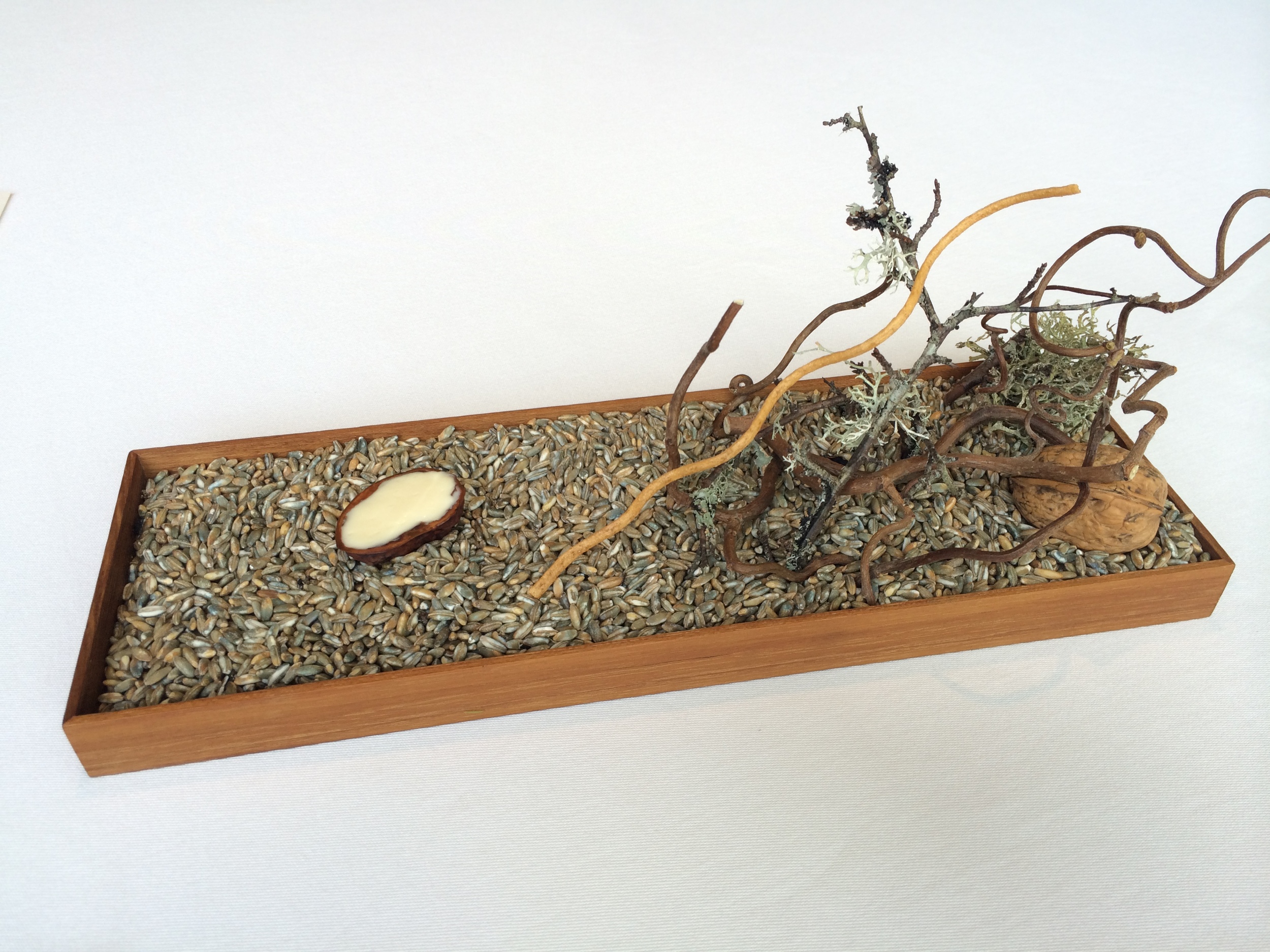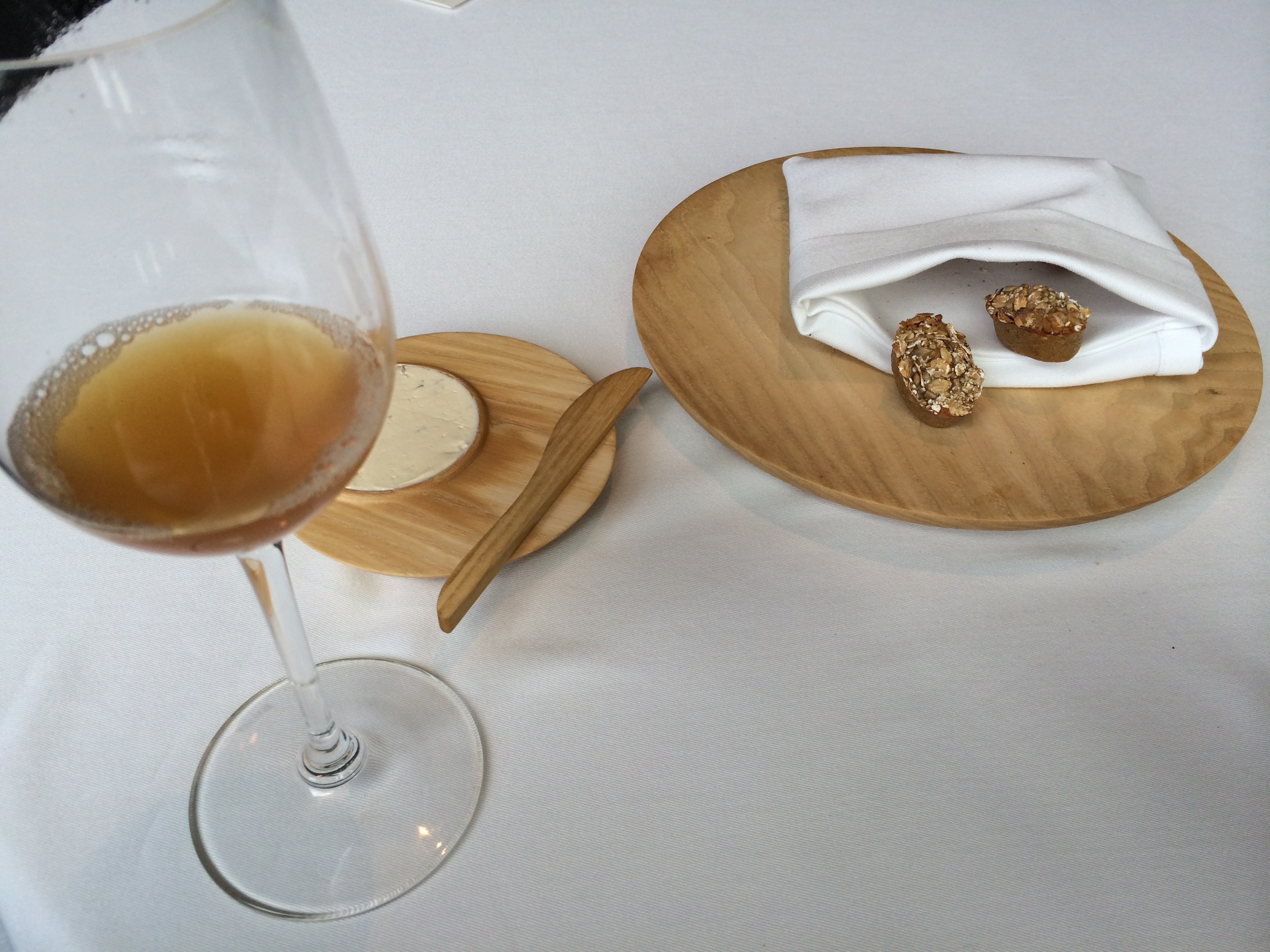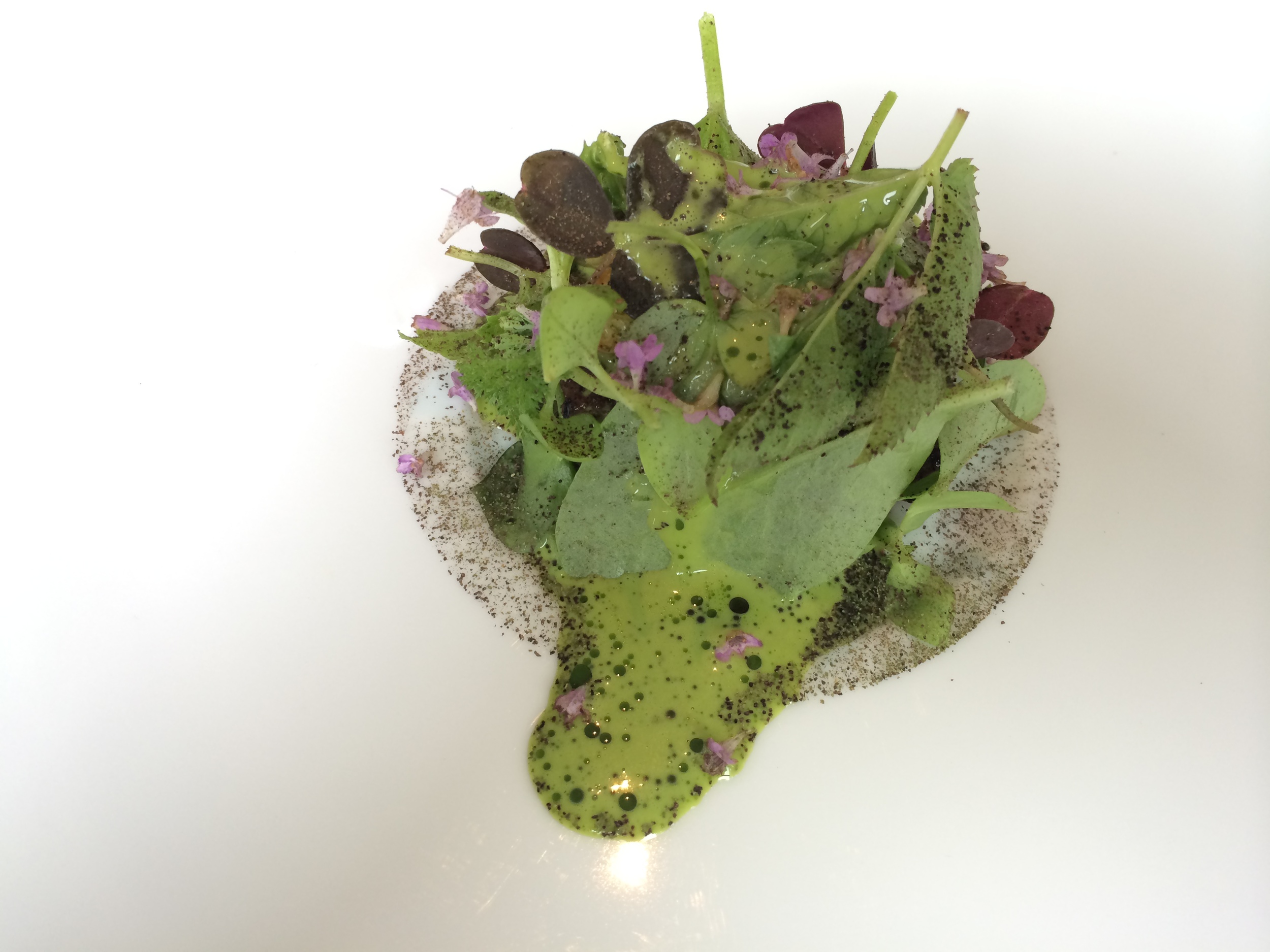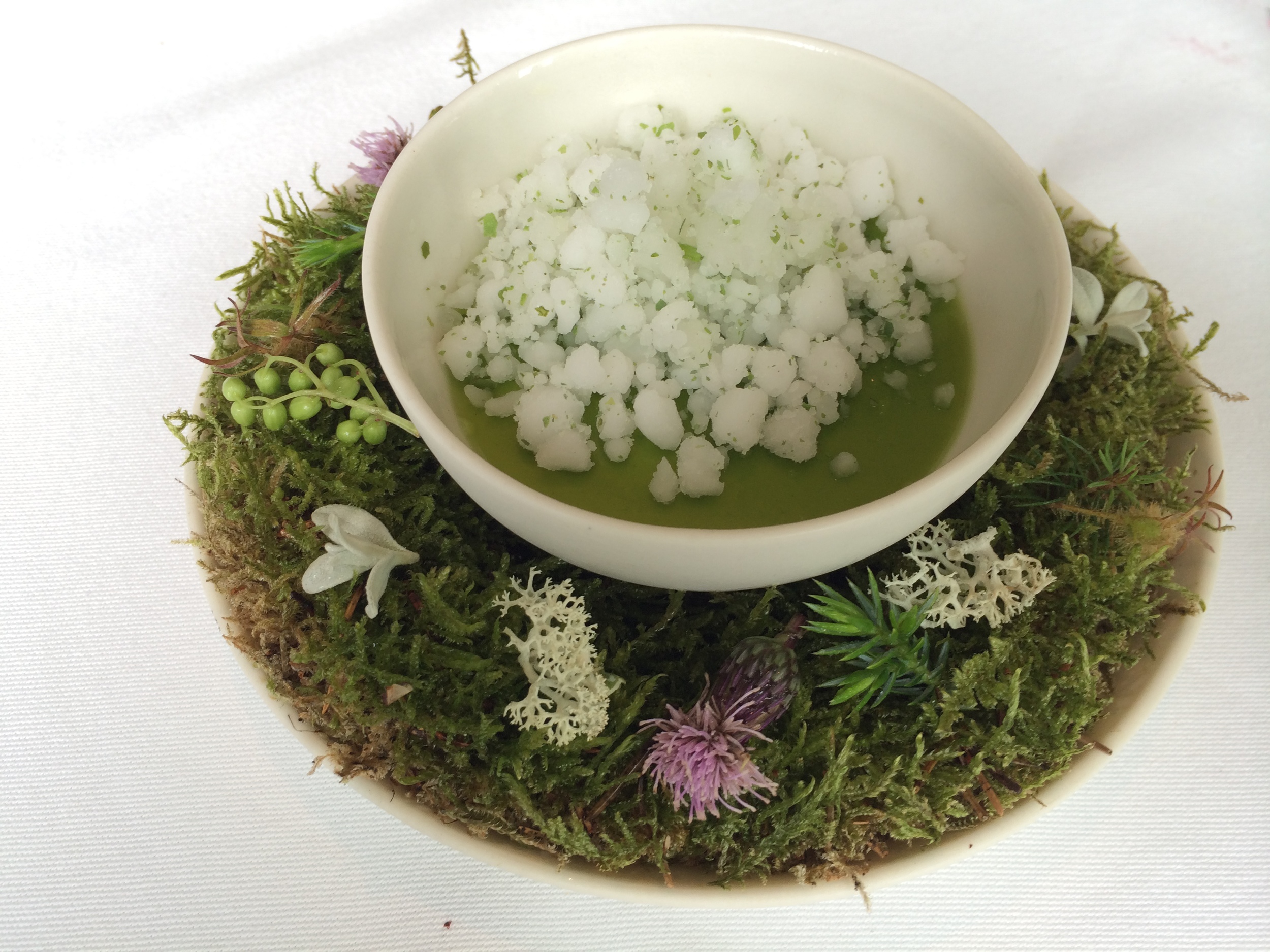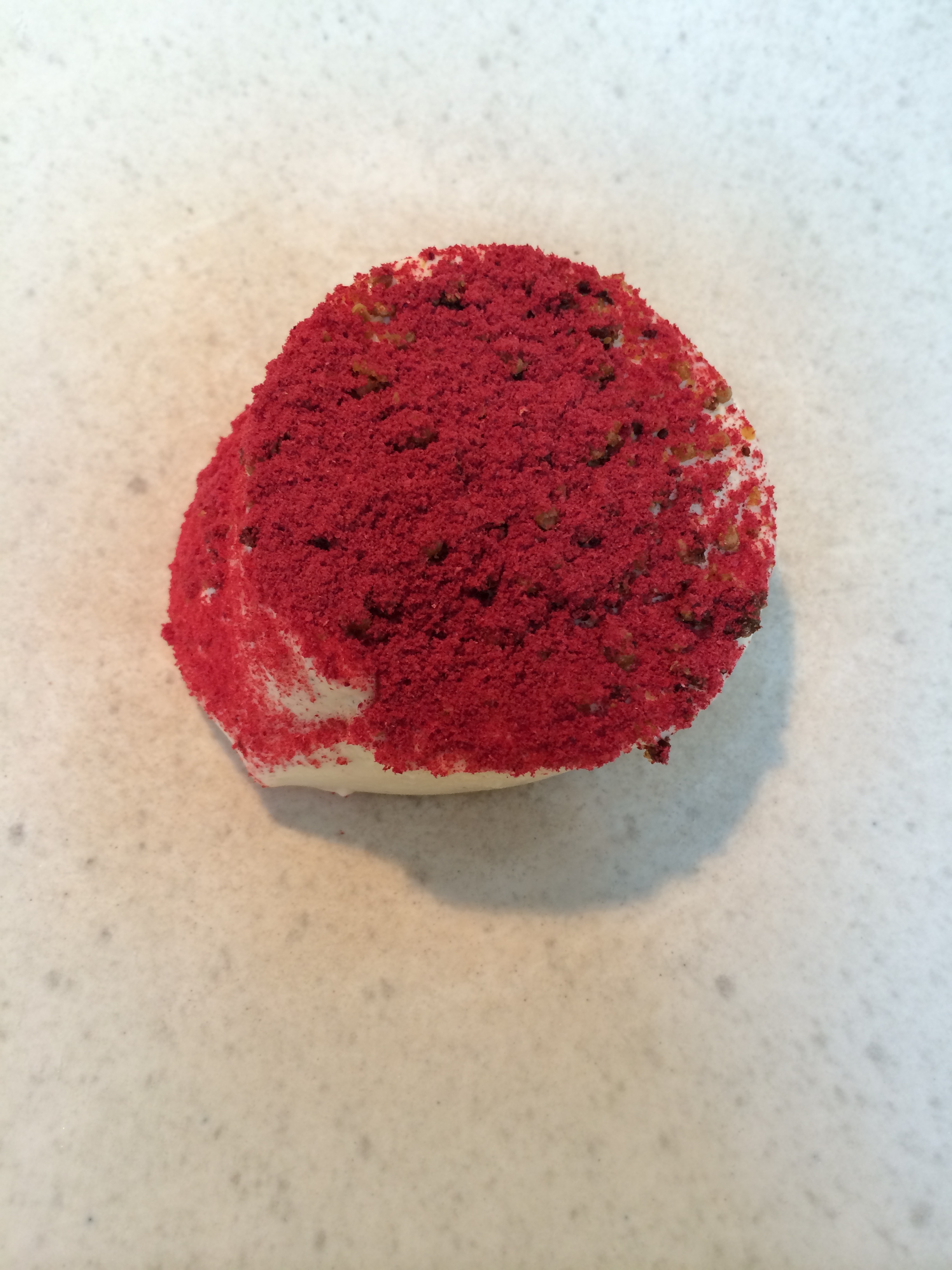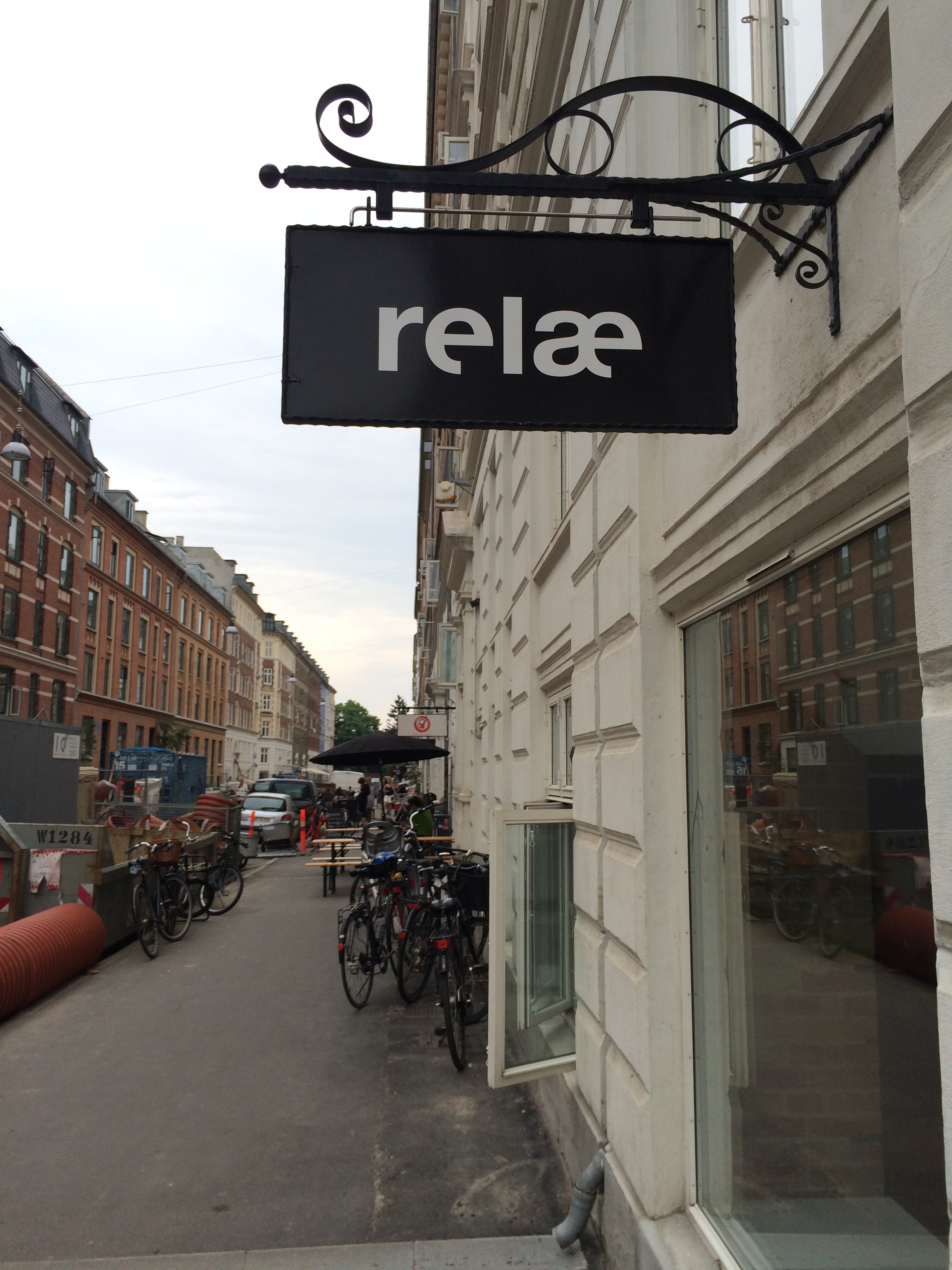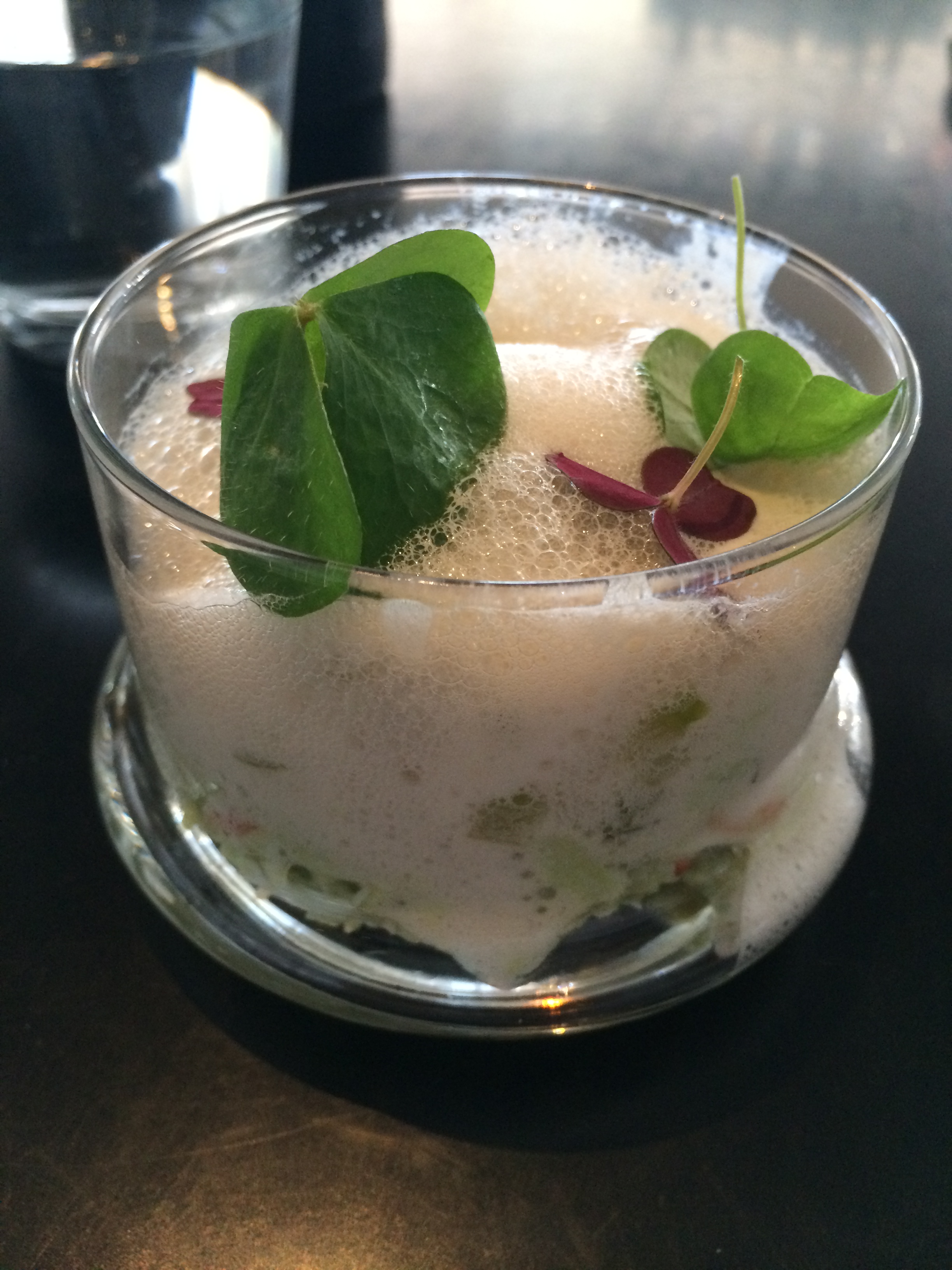It seems like Copenhagen has everything thought through. On touchdown, a traveler effortlessly buys a sim card at the bustling airport and takes an unmanned metro to city centre. Walking around this fabled city, it seems like everything is on the cutting edge of modern. Lest a few dingy pizza shops for the unlucky souls who cannot share in the expensive Nordic lifestyle, it seems like every shop and café sells premium goods displayed alongside artfully designed modern furniture and edgy artwork. Indeed, even the discount stores – the Winners’s of Copenhagen – have a boutique quality to them (see WoodWood Museum). Everyone on a Sunday afternoon is either sunbathing, or enjoying a coffee, or listening to the free Jazz concerts.
Nyhavn
Torvehallerne Market
Most of Copenhagen is within walking distance. At its centre is the Torvehallerne market, which feels both Swiss and Spanish at the same time, like a mix of the modernist expressionism of Zurich with the varieties of Madrid. There is some excellent paella at Torvehallerne. One thing the market is not, to be clear, is cheap – for a filling meal with drinks, expect to spend about 200-300 DDK. But it’s worth it. Take, for example, the flavour-packed, caffeine free rooibos iced tea (30 DDK or $5). It has inspired me to make my own. Come here to get a good look at how worry-free Danes start out a Sunday. Another characteristic of the Nordic countries is the non-judgmental nature. Everyone worries exclusively about him or herself in an upmost liberal fashion. Perhaps this is why everything is so cavalier about nudity – sunbathing at the park or on full-length brewer implant ads on busses.
State Museum of Art
For a splendid art experience, go to the State Museum of Art for a free look at Danish masterpieces, though it is really the 20th century French collection (Picasso, Matisse) that is the highlight. A glass building is adjoined to an older structure, and fittingly houses a display of modern art. For contemporary art, there is the Charlottenborg gallery (40 dkk), where a new interpretation of the creation of the universe that amalgamates many disparate beliefs appears in both objects and film (http://vimeo.com/87586331). For Islamic art, head to the David Collection, an inconspicuous house that has an unexpectedly full gallery (also free). Another free option is the botanical gardens associated with the Museum of Natural History. For Crown Jewels, go to the Rosenborg castle. Another nice relaxing excursion is to the Assistens Kirkegaard cemetery. Or the Vor Frelsers Kirke (Marble Church) church that has nice views of the city and the nearby Amalienborg Palace where Asian paparazzi and scrupulous uniformed guards congregate. Perhaps the best touristy thing to do is to take a stroll in the amusement park of the Tivoli Gardens (100 DDK entry, ~75 DDK extra per ride), a world class amusement park made as much for adults as it is for children. Finally, I trust you will not miss out on Nyhavn, the ‘new harbor’ with buildings coloured like a box of crayons. How Nordic.
A street in Copenhagen
Of course, a happy nation requires good food. And so good food it shall have. Copenhagen is among the food capitals of San Sebastian and Bangkok – unsuspecting leaders of modernist cuisine. I suspect many foodies fly to Copenhagen just for a sample of what might be the world’s best food. Unfortunately, I could not secure reservations at Noma, the world’s best restaurant according to the famed Restaurant Magazine list. Reservations have been furious since it regained top spot and because it was shutting down and relocating to Japan. Instead, I went to two others on the list: Germanium (48th) and Relae (56th).
In style, they are diametrically opposite. Germanium is from the Michelin school, a two-star, white table cloth establishment with a long tasting menu and laughable prices (950 DKK for the most economical lunch menu). On the other hand Relae is a relaxing, bougie, “no fuss” place where cutlery is stored in a drawer in the table. But they, along with a good list of other restaurants, are united in serving ridiculously good food.
Students of fine dining have acclimated to an onslaught of modernist cuisine. An exploding egg-shaped object is second nature. An egg yolk that doesn’t taste like egg is expected. At Geranium, these comparisons are particularly poignant. The first exploding spheres of candied carrot juice filled with sea buckthorn foam are like those at Azurmendi, and the charred stones below remind of the calamari at Narisawa. One of the most spectacular dishes pair with the candies: a tarty soft cheese in fermented carrot juice, slurped delightfully. The next display is like modern art itself – aluminum shaped liked the crevices of the brain. On top is what matters, a tiny piece of pickled pear, expertly sliced, interlaced with some pine shoots. Next, similarly extravagant display of nature has only a ‘branch’ of reconstituted Jerusalem artichoke (yes, we’ve seen that before), dipped in a walnut filled with mayonnaise. Then we have a pocket of dried apples and flower. It looks too delicate to eat, and doesn’t have any punch of flavor. It reminds of the spiced nuts in an edible bag at Gaggan. Next is sphere of potato, painted black with squid ink, resting on stones inside a larger black sphere. Of course, this reminds of Narisawa’s signature dish. A spoonful of decorated sheep milk butter makes the potato heavenly. Probably the most spectacular dish of the set is sour egg yolk in mushroom soup – a perfect counterbalance between the gooey quail egg, acidic vinegar and tarty mushrooms. To end off the snacks, a celeriac root painted with squid ink to give the appearance of seaweed. The practice of dipping into some creamy sauce seems at the heart of Geranium cuisine – and it continues here with added oomph, this time in skyr, an Icelandic yogurt sauce and fish roe.
Now begins the actual courses. We begin with a gazpacho, which in appearance looks like the clarified soup of Le Mout, Taiwan, fully decorated with flowers. It’s more complex, mainly from the gluttonous “jellied ham” that sits at the bottom inconspicuously. Here also begins the juice pairings, which cost a cruel 350 kr more. But it’s a novelty, so a splurge was justified. The first was just a standard apple juice, which arguably went well with the ‘tomato juice’. The next course was quite special – it looked like little balls of green tea matcha sitting on stones. Instead they held a jelly of dill, dipped in a spread made of mackerel, horseradish and an ice-cold granita of pickled cucumber. The pickling tradition, seen before in the pear, and later with the onions is a notable accent of Danish cuisine. To pair, another apple juice, a little more potent, but now I’m questioning the wisdom of the pairings. Clearly the Danes like their apples.
One of the most delightful dishes is the assortment of onions – some fully cooked, others pickled, still others a half raw. It is a highly ambitious dish that tries to elevate the rather peasantly vegetable to two-Michelin-star status. It almost does, bouncing the sweetness of the onions off of the vinegary sauce. Some of the onions would have benefited from a little more cooking. But the concept is still appreciated. The weakest dish was the langoustine, itself the largest and most eye-watering part of the meal. But it lacked texture and the beats and cherries added little to no flavor. It’s pared with a lingonberry drink that is similarly flavourless. In general, light juices are great; this one was in the realm of watery. The lamb dish was well executed, hidden by foliage and a wonderful dollop of liquid herbs. The pickled strawberries were not particularly noticeable. The best pairing of the meal was the black current infused with tannins from beechwood so that it would taste like red wine. Splendid!
Dessert was special. The icy granita returns as a white chocolate that is never watery – it only adds texture, coolness, and sweetness to the dish. It is masterly. Beneath is the most wonderful crème brule of woodruff and sorrel that manages to be sweet without the feeling of guilt. In the chef’s kitchen, and from behind the three Bocuse d'Or statues, the last dish is served - a cylinder of frozen yogurt adorned with red branches and sorrel. Both desserts show the ability to create full-bodied desserts with a stomach-pleasing lightness. A bursting chocolate egg later and some tetrahedronal black current candies, and you’re out the door. Looking back, you wonder if you should have gone with the 3-hr meal (1350 DKK), just so you could have stayed longer. If you have an extra 350 DKK to spend, don’t get the juice pairing – do the 3-hr sitting instead, and experience more of the mastery of Ramsus.
Geranium (950 kr), 48th in the world
Crispy Grains from Kornly
Milk, Fermented Juice from Carrot & Sea Buckthorn
Pickled Pear, Lemon Verbena & Pine Shoots
Jerusalem Artichoke, Rye & Walnut
Dried Flowers & Dried Apples
“Chared Potato” & Lightly Smoked Sheep Milk Butter
Cep Soup & Egg Yolk in Vinegar
Celeriac with Seaweed Powder, Skyr & Fish Roe
Tomato Water, Herbs & Jellied Ham
“Dillstone”, Mackerel, Horseradish & Granita from Pickled Cucumber
Bread with Emmer & Spelt
Onions & Chamomile Flower Vinegar
Grilled Langustine in Juniper Aroma and Red Elements
Lamb, Herbs & Pickled Strawberries
“Forest Floor in July”, Wood Sorrel, Beech leaves & woodruff
Yoghurt with “Red Branches” & Dried Red Sorrel
Green Egg with Pine
Black Currant Bonbon with Liquorice
Drinks (350 kr)
Green Apple
Ingrid Marie Apple & Chamomile
Lingonberries
Black Current & Beech Wood
Gooseberries & Elderflower
Next, Relae, the working man’s interpretation of Danish fine food. The choice is between an omnivore and a herbivore four-course meal, both 450 kr. The omnivore version begins with a venison tartare. Like modern art, it is grimy and to the point – composed half with peas and half with the pulverized meat. Its simplicity is applauded; it suffers from the same fault as the second course – a chef that seems immune to lemon juice. Like the creamy sunflower seed risotto, it is too sour, though still edible. The real mastery is shown with the beautifully pink piece of pork, served with rhubarb. The star ingredient is the boudin noir paste underneath, which amplifies the dish with a starchy coarseness. The dessert is also spectacular – it’s like an ice cream but with the consistency of butter. It is presented like some geological formation. It reflects Danish design at its best. In contrast to Geranium, this esteemed restaurant is worlds apart, but still motivated by the same creed - to serve interesting and noteworthy food.
Relae (450 kr), 56th in the world
Venison, peas and mint
Sunflower seeds, kornly and truffle
Pork from Hindsholm, pickled rhubarb
Vanilla, dried raspberry and caramelized mustard
The pervasive nature of new Danish cuisine can be noticed at Kodbyens Fishbar. It’s situated in an old butchery in the meat packing district. It looks like a rundown bar, or at most an after-work place to imbibe. But the lobster comes as if it is from some 3-star restaurant. It’s filled to the brim with emulsions, flowers, and chunks of lobster. It gets better, with scallops and a deep-fried “pig head”, amidst more foliage and emulsions. The real combination here is the oily pig head with the light but textured scallops. It seems like this kind of pretentious foodie culture is not so pretentious in Denmark.
Kodbyens Fishbar
So Hamlet was wrong when he said that something is rotten in Denmark. Quite the opposite. Although the Norwegians and Icelanders seem happy to eat rotten fish (Rakfisk) or shark (Hákarl), the Danes have adopted a culinary culture that tastes a bit better. And with Noma on the way out, there will be ample opportunity for new restaurants to fill its spot. Germanium seems best poised for that. But even without the food, this modern city is filled with art and culture. It’s a perfect little city.






